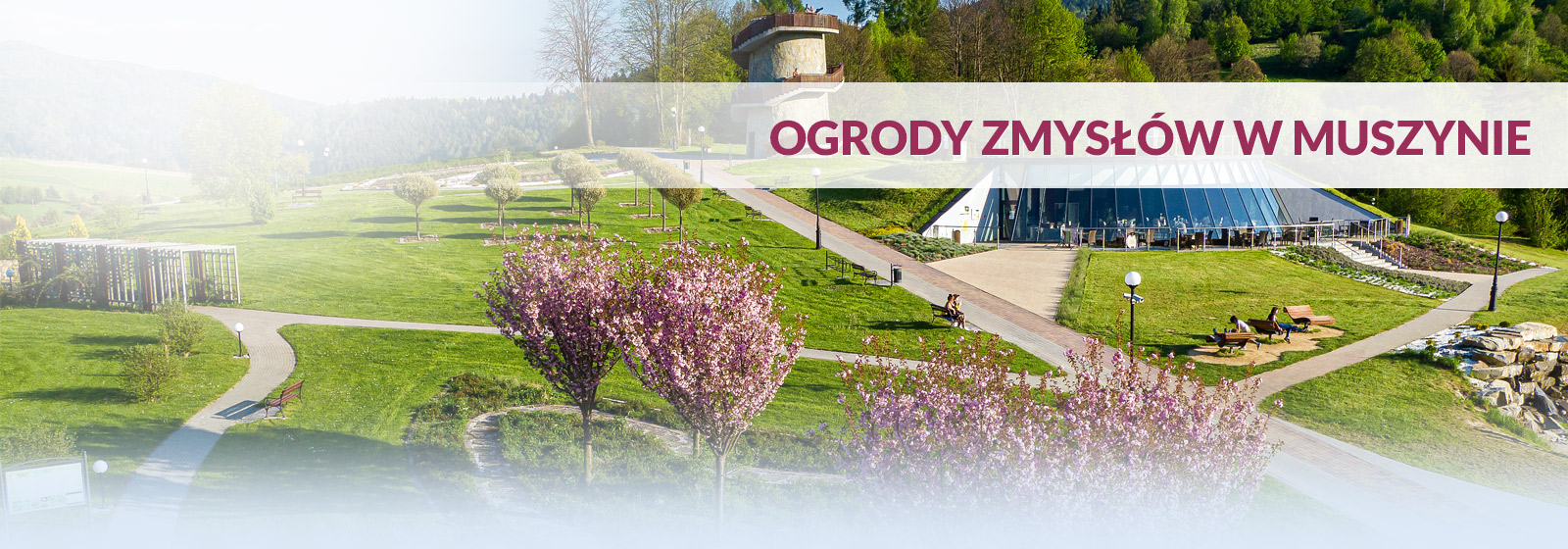The first partition treaty between Russia, Austria and Prussia ended the existence of the " Muszyna State”. All properties of Cracow bishops were incorporated into the East Galicia province ruled by the Austrian emperors. The Habsburgs occupation, however, had positive influence on these areas. It was at this time when Krynica became a real spa resort.
On April 24th 1793 Franz von Saunbergen Stix, an Austrian official, purchased a plot of land with an active spring (today the ‘Main Spring’) from the local owners in order to create in this beautiful area a spa town that would bring him financial gains. He secured the source and built the first spa buildings: a wooden house for bathing (the "Little House", 1794) and a stable for visitor horses, tired after a long and difficult road through the mountains. Several years later his land was taken over by the tax authorities in Nowy Sacz. In the first years of the 19th century all water springs intakes were made and the bathrooms and patients' guest houses were built. A few years later, a parks with numerous walking paths was laid out, streams were regulated, several roads were finished, and some new buildings, walking routs, garden houses and cultural facilities were completed. All this rapidly increased the number of Krynica visitors, from the initial 120 in the year 1803 to 681 in 1806. Treatments, however, were available only during the short and rainy summer season. In addition, a competitive health resort was opened in a close by Slovakian Bardiow, hindering the influx of holidaymakers and lowering the Emperor’s funds for Krynica development.
In 1806, a special commission from Vienna arrived at Krynica which announced the town climate very beneficial for health (this achievement was mainly due to the efforts of dr. Schultes who promoted the town in whole Europe). This was followed by the first comprehensive zoning and spatial development plan for the town. A special house for physicians “Kamienica” was built, and an English style park with numerous walking lines was laid out on the top of the Spring Hill. In 1811 Count de Goess, the Governor of Galicia, clearly impressed by the town gave additional financial funds for its further development. The first spa permanent physician was dr. Joseph Nennel (1807-1808), followed by dr. Frederick William Haarland. Both were very dedicated and concerned for the Krynica’s future and contributed greatly with their knowledge and experience to its development. Unfortunately, poor management of their successor resulted in slow decline and brought bad fame to the resort, due to some cases of devastation and funds misappropriation happening in that period. It was, however, not until 1832 that Krynica suffered its real downfall, mainly due to the absence of any physician in the resort. The following tenants slowly stole away all useful medical equipment, and historical turbulences of that time brought much confusion to the area. The “Galician slaughter” of 1846 and the subsequent Spring Of the Nations in 1848 deepened the crisis in the Habsburg Empire, finally leading to the formation of Austro-Hungarian Empire in 1867.
For Krynica, however, the latter political changes turned out quite beneficial. After several years of a complete decline of the spa, the late 1850s witnessed its rebirth. This was mainly due to the efforts of dr. Josef Dietl, a physician practicing in Vienna who became a restorer and great benefactor of the resort.


